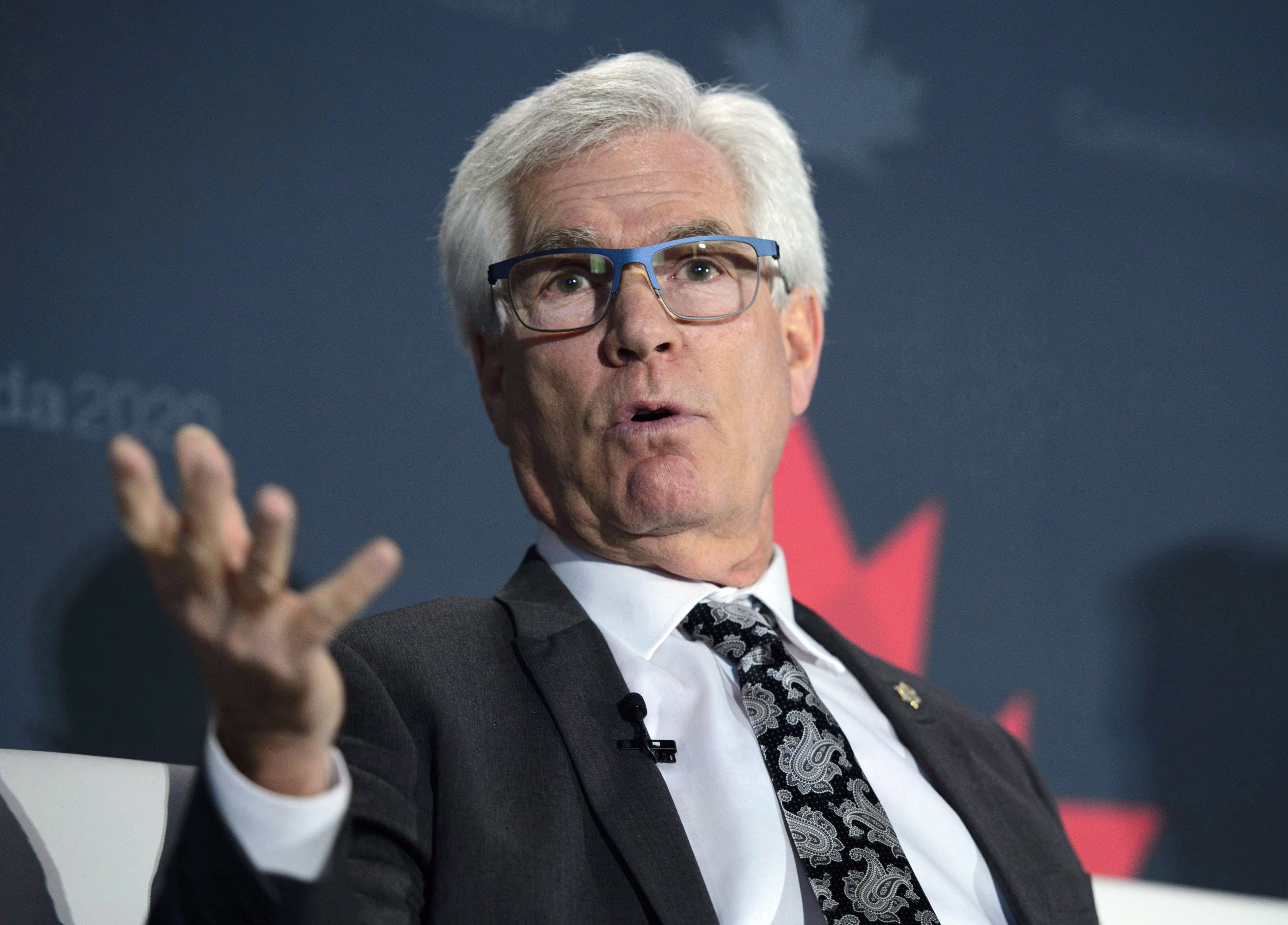
A common attack levied at marketers is the failure to demonstrate value. Somebody who regularly tweets about this is Mark Stouse, CEO of Proof Analytics, and a former leader of global marketing and communications in large enterprise B2B businesses like HP, BMC Software and Honeywell Aerospace. After some time exchanging tweets, I met with Stouse to interview him about marketing accountability and the “proof gap,” what it is and the causes and consequences of the gap.
Kimberly Whitler: What is the “proof gap”?
Mark Stouse: The term “proof gap” was coined by Oracle CEO Mark Hurd when he was CEO of HP. This is the gap that exists in the minds of the C-suite between what marketers say about their impact and the sort of objective computed ROI that many leaders expect. Raytheon board member and former technology CEO Bob Beauchamp wrote a lengthy article about it.
The marketing proof gap is particularly acute in B2B, where complex go-to-market machines and extended time lag between marketing investment and return on that investment tend to obscure impact and value.
Many leaders say they are ready for marketing to stop being the function that seems to play by a different set of rules regarding ROI. Last year, we saw this sentiment in a 16-month survey of Fortune 1000 C-suites about marketing value.
Whitler: What are the consequences of the proof gap?
Stouse: I believe the primary mission of Marketing in many companies is to help Sales sell more product to more customers, faster and more profitably than Sales would be able to do by themselves. This applies to Retail as much as it applies to Enterprise B2B.
When there is a lack of clarity on marketing ROI, the result is very, very costly for marketers and the companies they serve. It creates a demonstrable lack of trust between many marketers and their C-suites. The result often is erratic marketing investment. We also see a lack of marketing influence in conversations about business strategy compared to other players. And there continues to be a pretty small number of marketers serving on Fortune 1000 boards.
One of the biggest reasons why companies cut marketing budgets is because they don’t understand the business impact they have been getting, and so they don’t understand what future business impact they will lose as a result of cutting marketing spend. If there’s no proof of unique marketing impact, most C-suites will prioritize short-term savings to support other goals like improved profitability and EPS rather than continue to invest.
The final consequence is the tendency in many marketing teams to spread out their budgets rather than concentrating for effect. The result is less risk but also a larger percentage that is pure waste. CMOs need to be able to rebalance their marketing investments in the same way they rebalance their 401k.
Whitler: Can you describe what causes the gap?
Stouse: There are three main causes. The first is a lack of alignment between many business leaders and their marketing teams on the definition of Impact, Value and ROI. The two groups understand these terms very differently. The second is that marketers often do not think about attribution in terms of cause-and-effect relationships that must be captured and correlated.
The third is that most B2B marketers and C-suites don’t factor in the time lag between marketing investment and when those programs deliver audience impact and business value, and they rarely factor in headwinds and tailwinds like the economy, competitive action, reputation, and the like. The result is that many marketing teams don’t know the value they are actually creating, nor how long it takes for them to create that value.
The fact is that B2B marketing creates value on a different timetable than B2B sales. B2B marketing and sales are highly complementary, but they also are asynchronous. Last year’s MQLs are this year’s deals. Last summer’s brand awareness campaign is this winter’s increase in audience awareness, confidence and trust in the company. And if you don’t know the time lag for each marketing investment you make, it is a mathematical certainty that you won’t be able to prove the created value.
[“source=forbes”]






















































